Last month, French photographer Mathieu Stern used an AI program called Dall-E 2 to create portraits of people who… do not actually exist.
Now, another photographer named Aurel Manea is also using an AI program, Stable Diffusion, to produce a series of landscape images that, at first glance, you might think are real places in the world.
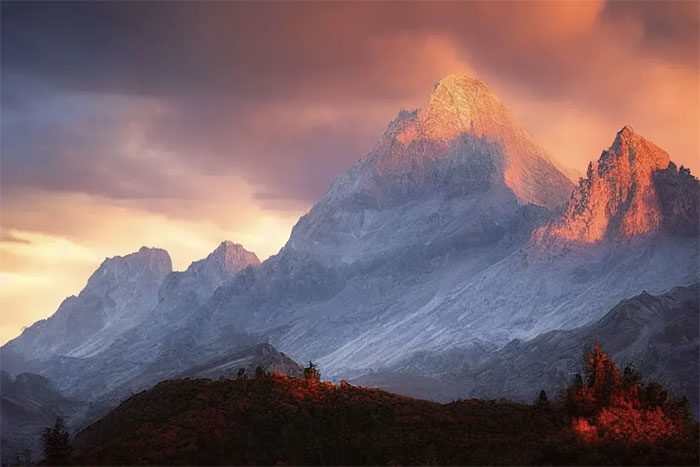
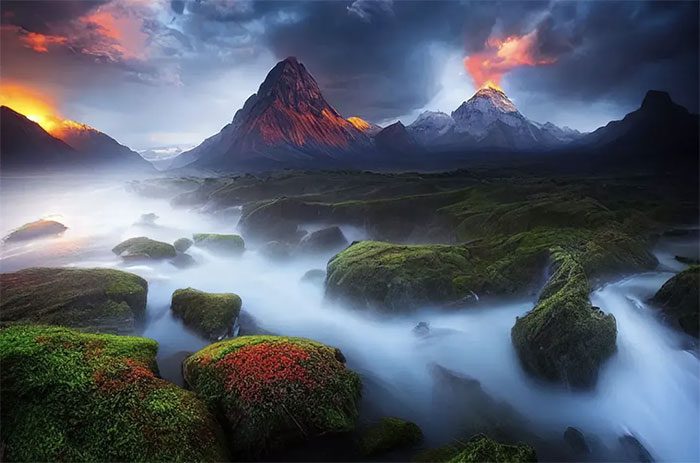
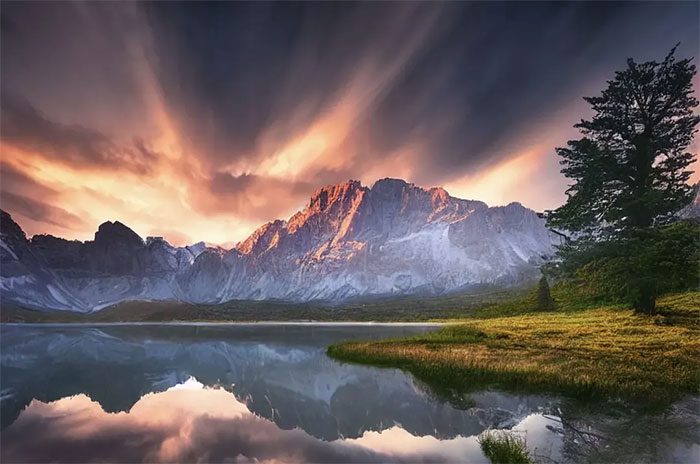
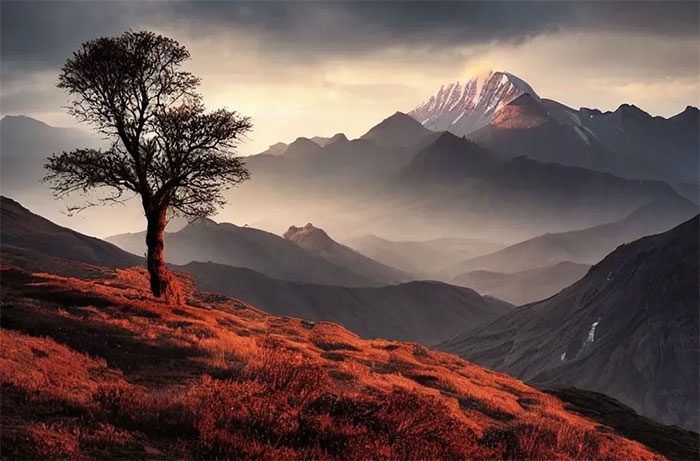

Manea expressed his amazement at what the startup Stability AI has created.
“As a landscape photographer, I can’t fully describe the potential that these new technologies bring to the photography industry,” Manea said.
“Of course, they are not real photos, and only represent a portion of actual locations, but for most art lovers, the beauty of these images is what truly matters.”
Manea stated that he had previously used Dall-E 2 and it produced “beautiful images of human faces that look like photographs.” However, he assessed that Dall-E 2 is not capable of generating landscape images.
“Perhaps the reason lies in the images that the AI model was trained on, and the creators did not include works by contemporary landscape photographers.”
Stable Diffusion does not face those issues, as according to Manea, this AI has a broader database than Dall-E 2.
“Just tell the AI something, like ‘landscape photo of Marc Adamus, glacier lake, sunset, dramatic lighting, mountains, clouds, beauty’, and it will produce stunning images that look like photographs.”
“It’s amazing that technology has reached this level, where just a few words can transform into beautiful images.”


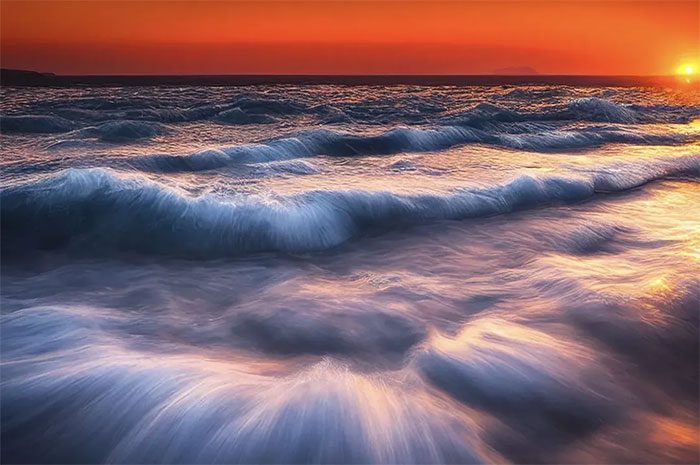

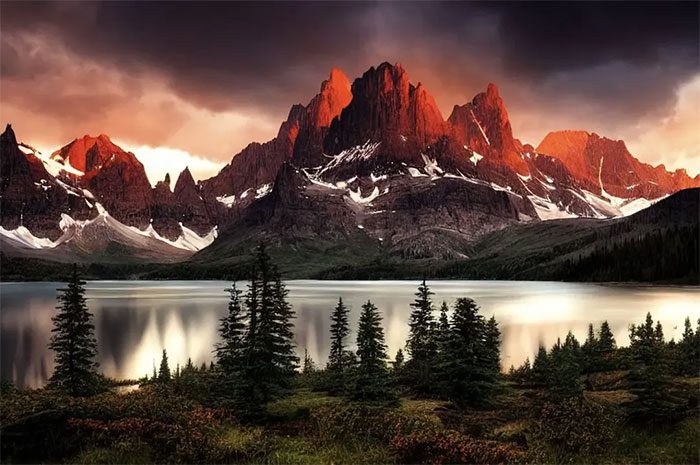
Open-Source AI Generation Program
Stable Diffusion is still in beta, but unlike other AI image generation programs, such as Dall-E 2, it does not have content filters and is completely open-source.
“Stable Diffusion will allow both researchers and the general public to use it in various contexts, thus democratizing this image generation technology,” wrote Emad Mostaque, CEO and founder of Stable AI, on his blog.
The open-source nature of Stable Diffusion has raised concerns among many, with TechCrunch noting it “raises many difficult ethical questions for the AI community.”
AI image generation programs open up new possibilities – which is what makes this technology so appealing. However, it also leaves the door open for fraudulent and deceptive behaviors.
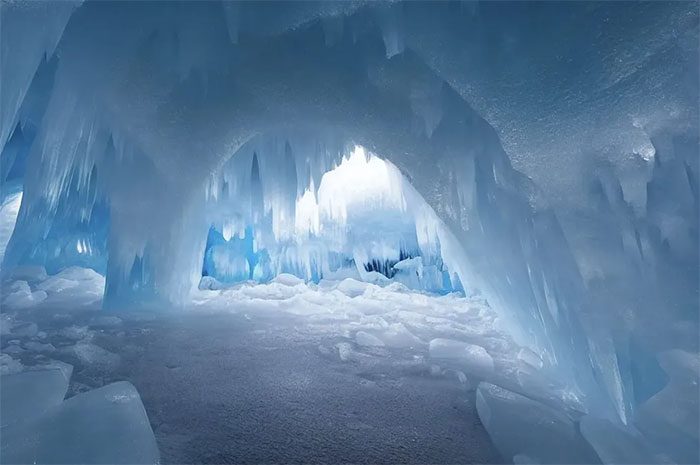

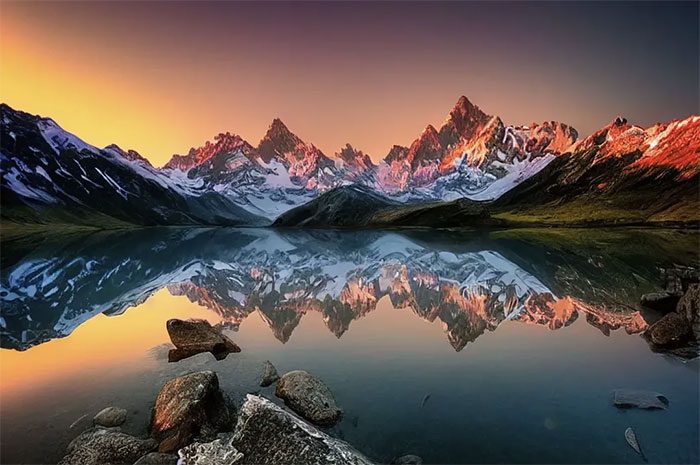

Mostaque’s company, Stability AI, previously created LAION 5B, an open-source database with a size of 250TB, containing 5.6 billion images collected from the internet.
It also boasts a sub-database of 2 billion AI-curated images, which testers have found to be quite “aesthetically pleasing.”
Unlike Dall-E 2, which claims ownership of the works it generates, Stability AI does not require copyright for images produced by Stable Diffusion, and naturally, these images belong to the company’s AI users.


















































